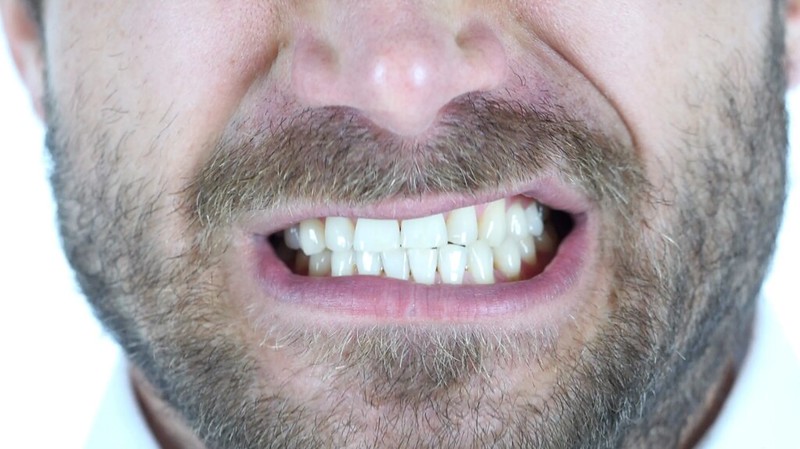An interesting article titled “Association between bruxism severity and serumconcentrations of 25‐hydroxyvitamin D levels” appears in the 2022 edition of Clinical and Experimental Dental Research written by B. Allaf and M. Abdul-Hak (pp. 1-9). In the article discussion is made of a study that was conducted to investigate the relationship between bruxism, when someone unconsciously clenches or grinds their teeth, and blood levels of 25‐hydroxyvitamin D, commonly known as Vitamin D. Vitamin D is an essenetial vitamin found in foods, like salmon, eggs, and dairy products. Vitamin D can also be obtained from mainly through skin exposure to the sun’s ultraviolet radiation. Obtaining a low amount of vitamin D has been linked to greater risks of diseses ike cancer and heart diasese and could help prevent gum disease.
In the study, 100 patients who had dental treatment peformed at Damascus University were divided into two groups: those with bruxism and those without. A total of 76 of the 100 participatnts were believe to suffer from bruxism while the other 24 did not. The ages of the study particpants were between 18 and 40 years and there were 66 females versus 34 males. Both study groups had a laboratory perform 25‐hydroxyvitamin D analysis. Vitamin D concentrations less than 20 ng/ml were considered deficient, those levels between 21 and 29 ng/ml were considered insufficient, those levels between 30 and 150 ng/ml were considered as sufficient, and those greater than 150 ng/ml were considered toxic.

The results showed that there is a relationship between the levels of bruxism and 25‐hydroxyvitamin D concentration in the blood. Among the 100 patients in the study, 28 had sufficient vitamin D levels, 29 had insufficient vitamin D levels, and 43 had deficient vitamin D levels. Among the 43 patients who had deficient vitamin D levels, 4 had extreme bruxism, 14 had severe bruxism, 18 had moderate bruxism, 3 had mild bruxism, and 4 did not have bruxism. The authors noted that extreme bruxism was only seen only by female patients and there were no extreme cases in the males in the study. The authors stated:
“Generally speaking, bruxism activity has been associated with a deficiency of 25(OH)D as observed in our recorded measurements.”
The authors pointed out several limitations of their study including that the diagnosis of bruxism was based on clinical exams and a bruxism questionnare filled out by study participants. The authors pointed out that in particular sleep bruxism should be supported by supported by instrumental approaches like polysomnography. Further the study only included 100 participants which was a rather small sample size. The authors noted difficulty with finding volunteers for their study.
In their discussion of the results, the authors mention prior studies which have showed that their is a possible role of vitamin D in psychological disorders where studies established an inverse association between serum 25(OH)D levels and anxiety disorder and depression symptoms. Further the authors mention prior studies that have shown an association between the brain regions diencephalon with sleep awake regulation with vitamin D target neurons which suggests an effect of vitamin D on sleep. The authors feel that vitamin D levels has a potential role on the psychological state and the stability of sleep of people and also the potential for teeth grinding or teeth clenching issues.
